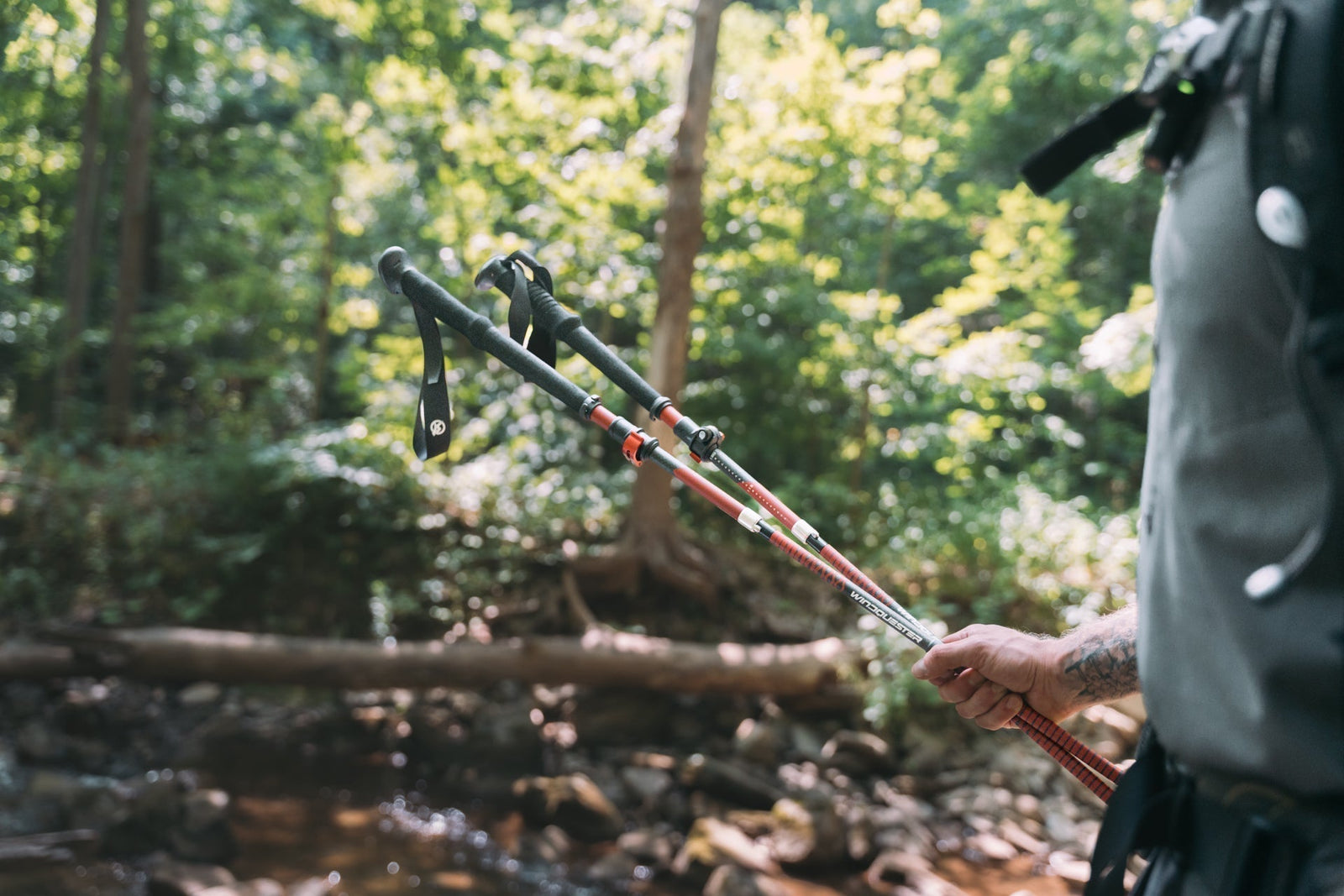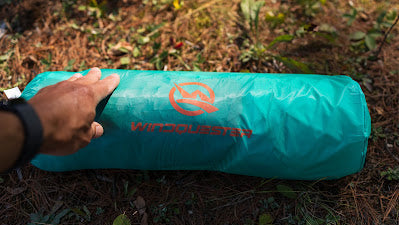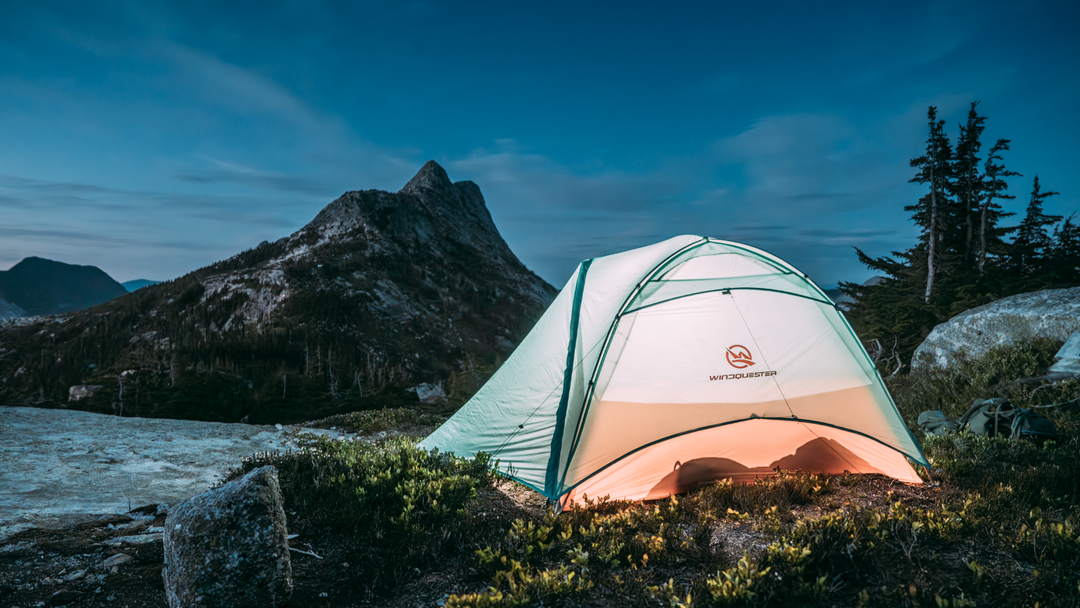198g carbon fiber and downhill brake" (compared to aluminum alloy weight/feel)

#TrekkingPole
#CarbonFiber
#DownhillSafety
Why a 198g Carbon Trekking Pole Makes Downhill Safer and Easier Than Aluminum
On a descent, trekking poles are not just for “support”—they act as your downhill brake. They touch the ground first, absorb impact before it reaches your knees, and stabilize your upper body. This is where a 198g carbon pole performs differently from a 250–300g aluminum pole.
Why 198g Matters (You Can Feel It)
During a 3–4 hour descent, you may swing your poles 2,000–4,000 times. Saving 80–120g on every swing means less arm fatigue, better rhythm, and no numb fingers.
| Comparison | 198g Carbon Pole | 250–300g Aluminum Pole |
|---|---|---|
| Extra weight per swing | — | +80–120g |
| 2000 swings on descent | Light, controlled | Equivalent to lifting kilograms of extra weight in your hands |
| What you feel | Better blood circulation, smooth movement | Forearm tension, finger fatigue faster |
Carbon vs Aluminum: It’s Not Just “Light vs Heavy”
The real difference is in swing feel and how they react to accidents. Carbon is light, responsive, but snaps if hit sideways. Aluminum is heavier but bends instead of breaking—more forgiving on rocky terrain.
| Factor | 198g Carbon | Aluminum 250–300g |
|---|---|---|
| Swing feel | Light, fast response | Heavier, stable |
| Downhill control | Pole touches ground sooner → smoother rhythm | Slower swing, rhythm can lag |
| Failure mode | May snap under side force | Bends but rarely breaks |
| Best for | Long-distance hikes, trail running, PCT-type trails | Rocky terrain, heavy packs, beginners |
How to Use Trekking Poles on Downhill (3 Steps)
- Adjust Length: Elbow at 90° on flat terrain. For downhill, extend poles 5–10 cm longer so the pole tip lands first.
- Use the Strap Correctly: Insert your hand from below through the strap, rest the strap under your palm—don’t strangle the grip.
-
Find Your Rhythm: Normal slope:
foot → pole → foot → pole. Steep steps: plant both poles in a “V” shape first, then step.
Which Material for Which Terrain?
| Region / Trail | Recommended Material | Why |
|---|---|---|
| Canadian Rocky Mountains (Banff, Jasper, Yoho) | 198g Carbon | Long climbs and downhill sections where rhythm and energy-saving matter |
| Pacific Northwest Rainforest (Vancouver Island, Oregon Coast Trail) | Aluminum | Wet roots, mud, and slippery rocks—higher fall risk, aluminum bends instead of snapping |
| PCT / Pacific Crest Trail (20–30 km per day) | 198g Carbon | Every gram saved counts over thousands of pole swings and long mileage |
| Colorado Rockies / High Alpine Rocky Terrain | Aluminum | Sharp rocks, unpredictable weather—durability and impact tolerance are key |
Will a carbon pole break easily?
No. Under normal hiking it’s strong. But carbon doesn’t like sideways impact—if it fails, it snaps. Aluminum usually bends instead of breaking.
Why do my hands hurt or go numb when using poles?
Likely gripping too hard or using the strap incorrectly. Insert your hand from below through the strap and let your palm press the strap, not your fingers.
How long should my poles be for downhill?
Extend poles about 5–10 cm longer than on flat terrain. The pole tip should touch the ground first—like a brake.
FAQs
Does a lighter pole really help my knees?
Yes. Lower swing weight makes it easier to time the pre-brake plant on each step, reducing peak loads on the knee—especially on long descents.
Carbon vs aluminum—what should beginners choose?
Beginners or rocky routes: aluminum is more forgiving if you fall or side-load the pole. For experienced hikers on long mileage, carbon’s efficiency wins.
My fingers go numb with poles—what’s wrong?
Usually a death-grip or strap misuse. Thread up from below, let the strap support vertical load, and relax your grip.
Are 198g poles strong enough?
For normal hiking, yes. Avoid hard side impacts; store and transport with tips protected to prevent point loads on the shaft.
Summary
Want to hike further, descend safer, and recover faster? Choose a 198g carbon pole. If you often fall, carry heavy packs, or hike rocky terrain, aluminum is your best friend.
Shop Trekking Pole → Learn More → Join Waitlist





Leave a comment